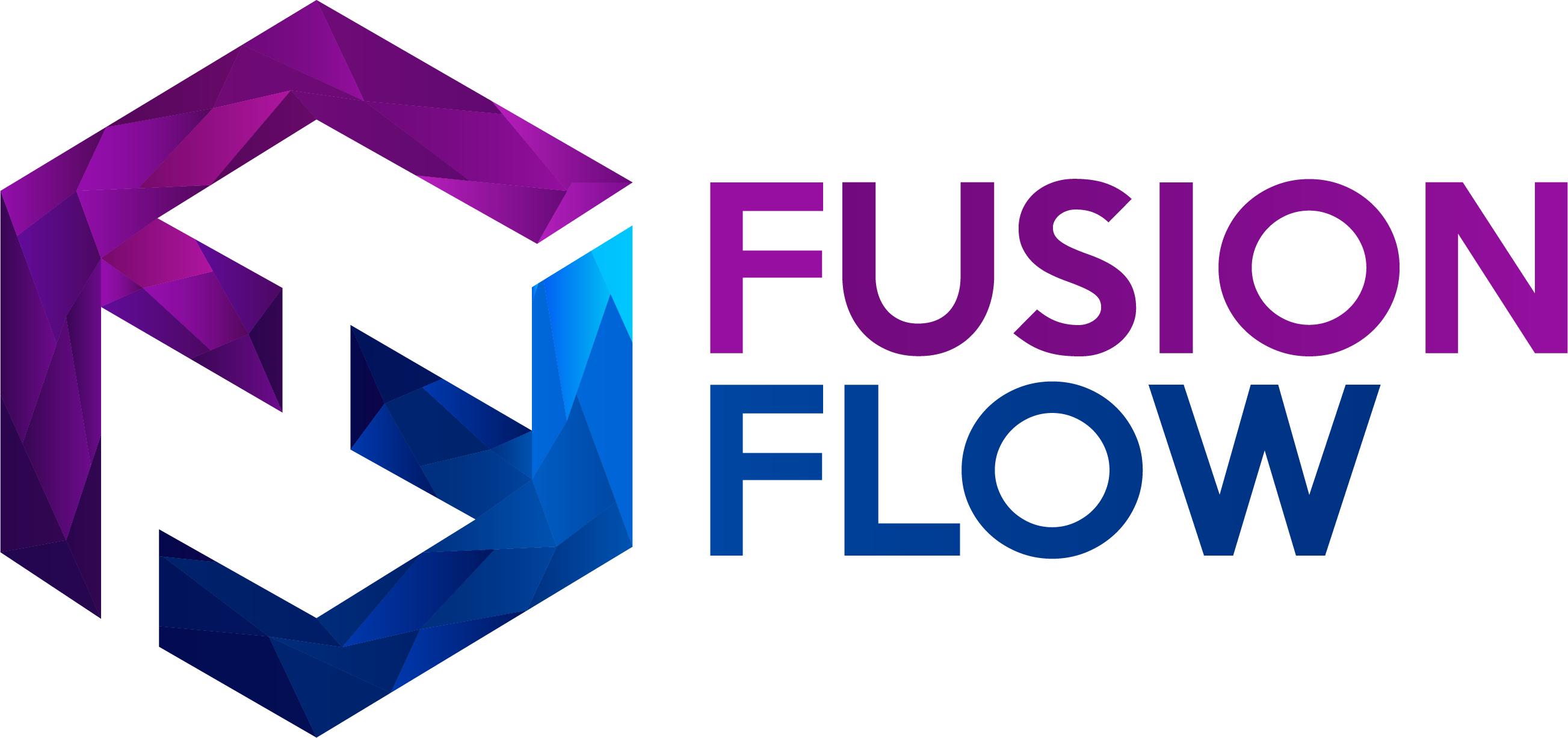How AI is Revolutionizing System Documentation – and Saving Enterprises Time and Money
AI is changing the way enterprises handle documentation, making it faster, more accurate, and easier to manage. With AI-driven processes, teams spend less time on updates and onboarding while reducing support tickets. Here’s how companies are using it to save time and cut costs.

In every enterprise, system documentation is a necessity and a pain point. Whether it’s onboarding guides, compliance documentation, or user manuals, the process is often slow, expensive, and inconsistent. The challenge is writing and keeping these documents accurate, up-to-date, and relevant to a diverse user base.
“Keeping documentation accurate and relevant is an ongoing challenge, but AI is making real-time updates possible.” – The presenter at Dynamic Communities event
Traditional documentation methods are rigid. Separate teams draft onboarding materials, while support teams constantly answer the same questions. When updates are needed, the documentation often lags behind real-time system changes. As a result, companies lose productivity, users struggle with outdated guidance, and support costs skyrocket.

AI-Generated Documentation: The Future of Knowledge Management
Enterprises are now leveraging AI to transform how they create, update, and manage system documentation. AI-generated documentation offers:
- Personalized, on-demand guidance – AI tailors content to specific roles, making it more useful and relevant.
- Faster content creation – Reduce the time spent drafting and updating materials.
- Grounded, structured outputs – AI can generate content that aligns with company-specific processes and compliance requirements.
As we discussed at the recent Dynamic Communities event, AI-driven documentation is already delivering measurable value. Enterprises that have integrated AI into their documentation workflows have seen significant reductions in both implementation costs and time-to-value.

Four Key Data Sources for AI-Driven Documentation
For AI to produce meaningful and accurate documentation, it needs to be trained on reliable, company-specific data. The four primary data sources include:
- System Configuration Data – AI pulls from existing settings and system configurations to provide precise, real-world instructions.
- Support Ticket Resolutions – Historical resolutions help AI understand common issues and how they’ve been solved.
- Existing Documentation – AI enhances and repurposes existing materials, ensuring consistency across manuals and guides.
- User Queries and Feedback – AI refines documentation based on real questions from employees and customers, keeping content aligned with actual needs.
“AI learns best from the organization's own data, ensuring accuracy and relevancy in documentation.” – The Presenter
The Power of Effective Prompting
The effectiveness of AI-driven documentation depends on how well we prompt the system. We highlighted four key prompting techniques that maximize output quality:
- Audience Persona Pattern – Providing AI with detailed user personas ensures documentation is tailored for the right audience.
- Alternative Approaches Pattern – Asking AI to generate multiple variations of content allows for flexibility and refinement.
- Flipped Interaction Pattern – AI asks clarification questions before drafting, ensuring the final output is accurate and complete.
- Output Template Pattern – Using structured prompts like Markdown formatting helps AI maintain consistency across documentation.

A Real-World Application: Faster, More Accurate Documentation
Consumer technology conditions users to being able to ‘self-serve’ when they have questions. AI enables enterprises to provide that same experience internally, turning complex procedural knowledge into readily accessible, company-specific guidance.
“AI-driven documentation is about empowering employees with immediate, accurate information.” – The Presenter
By applying AI-driven documentation, enterprises have seen a 30% reduction in support tickets related to procedural confusion and a significant decrease in onboarding times for new employees. One organization cut its documentation backlog by 40% in just a few months, freeing up valuable internal resources.
What’s Next? AI and the Future of Knowledge Management
AI’s role in enterprise documentation is only growing. The next evolution includes:
- Vision-enabled AI – AI models will soon be able to “see” what’s happening on-screen, further improving contextual accuracy.
- Automated documentation workflows – AI-powered agents will proactively update documentation as systems evolve.
- Human-in-the-loop optimization – AI will assist, but humans will refine and validate outputs, ensuring compliance and precision.
“AI and human expertise together create a powerful combination for knowledge management.” – The Presenter
AI tools are ready to deliver real business value in documentation and knowledge management. By adopting AI-driven documentation, enterprises can lower costs, improve accuracy, and enable employees to focus on higher-value tasks.
Let’s Talk About Your AI Strategy
If your enterprise is still managing documentation the old way, you’re leaving efficiency on the table. Let’s discuss how AI can streamline your documentation processes and drive real cost savings for your business.
Book a call with me, Diego, and let’s explore the next steps: https://calendly.com/ffscalendar/aierpchatwithdiego





